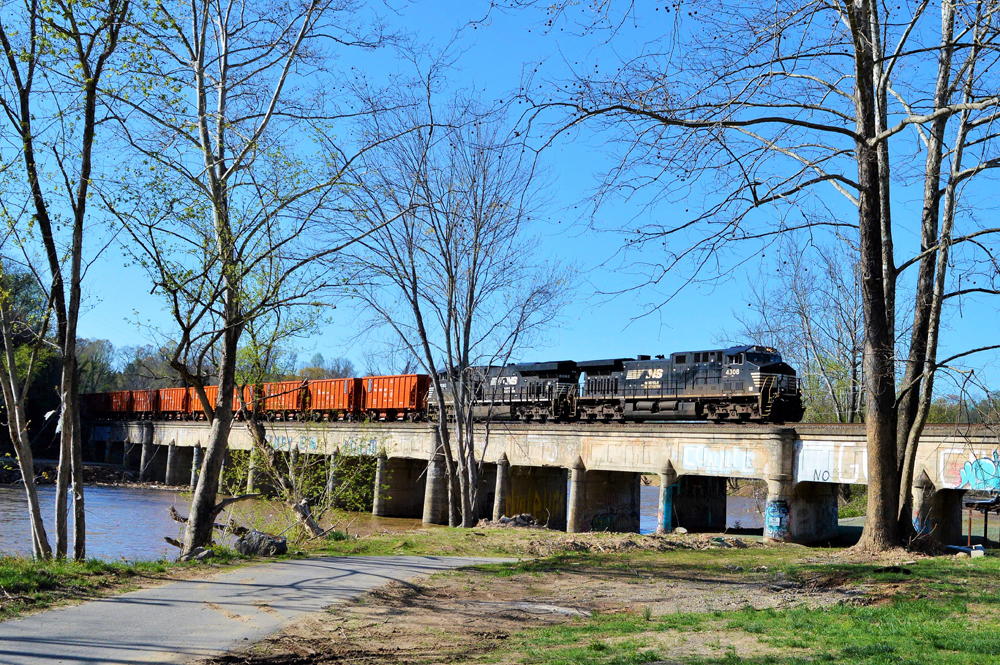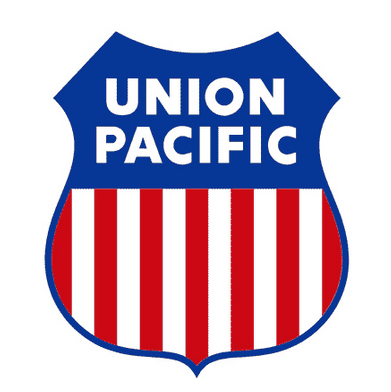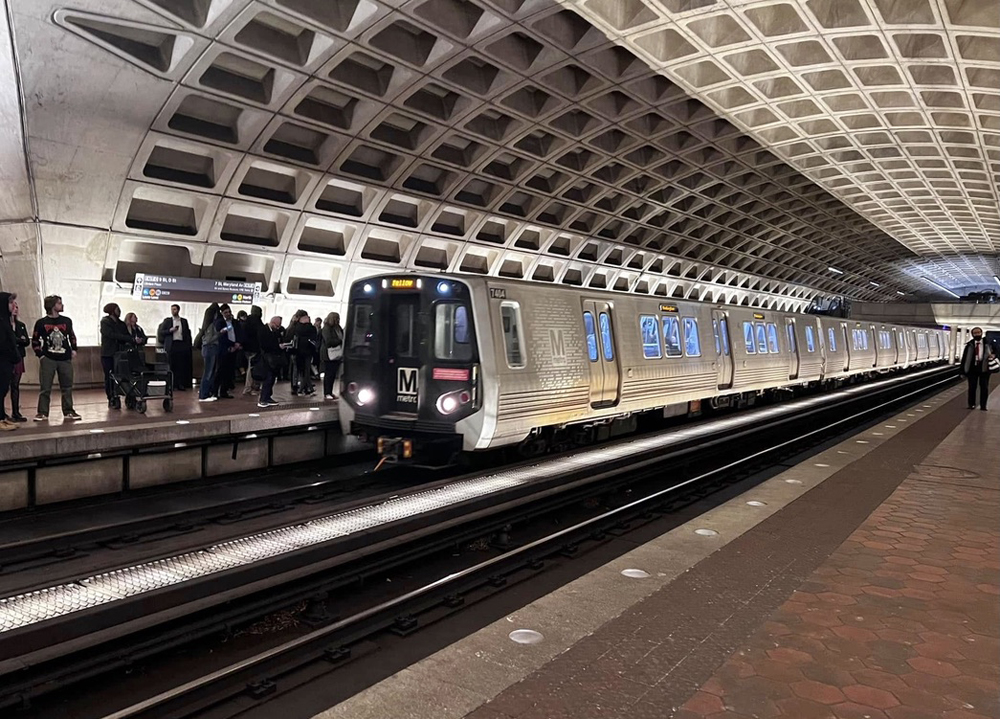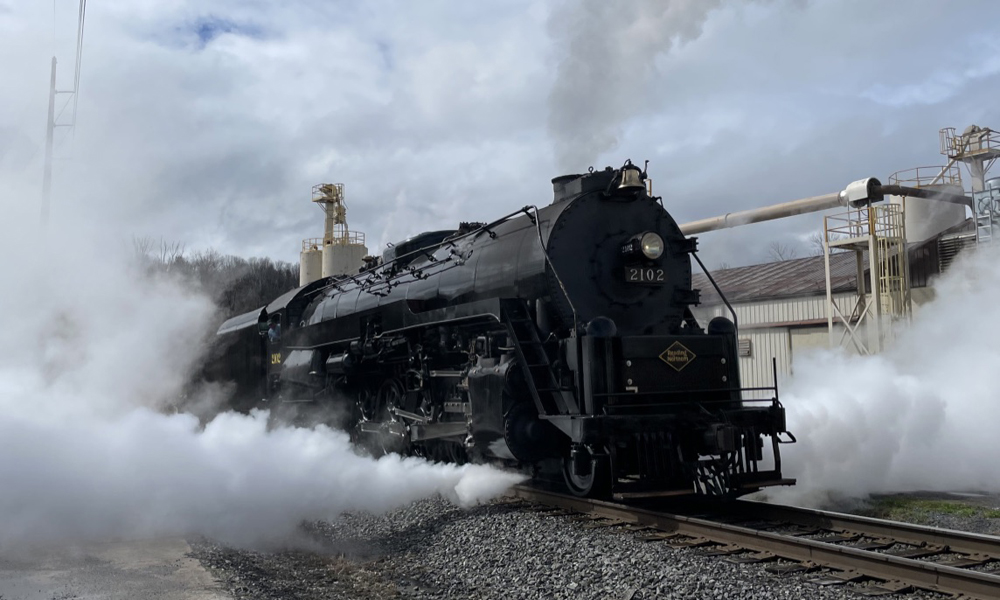“Union Pacific is expanding the frequency of service in the Denver/Salt Lake City to Los Angeles corridor in order to meet the increasing demand for intermodal service,” the railroad announced in customer advisory on Monday. “These changes will improve the number of days service is offered each week and improve scheduled availability times.”
From Denver to Los Angeles, domestic service now operates six days a week, up from five, while domestic service from Salt Lake City to L.A. now operates daily, up from four days per week.
Service from Denver to Salt Lake moves to six days, up from five per week.
The new service comes just in time: Last week UP shut the Denver terminal to new traffic for three days in order to give the railroad enough time to work off congestion.
“Union Pacific is experiencing heavy ingates at Denver in addition to heavy inbounds by rail, constraining Union Pacific’s ability to unload inbound rail traffic,” the railroad’s June 6 advisory says.
Ingates in Denver were suspended from 12:01 a.m. June 7 through 12:01 a.m. on Monday.
“More frequency is good. It makes the service more usable, and it’s a customer friendly move,” says intermodal analyst Larry Gross. “If you’re announcing an embargo because you can’t clear out the volume, that’s not good. This is an obvious solution.”
The service increase out of Denver and Salt Lake builds upon a larger move UP began in January, when more of its intermodal trains began running on daily schedules instead of operating five or six days per week.
Those changes were designed to keep UP’s locomotives, crews, and intermodal cars in balance and avoid costly repositioning moves. Running the same number of trains in each direction each day is a key element of UP’s new operating plan.
Separately, UP has pruned hundreds of low-volume intermodal lanes on its system and between destinations on UP and points on CSX Transportation and Norfolk Southern.















IIRC, the DRGW line cannot handle doublestacks; therefore you’ll never see any intermodal train routed that way.
Thanks Frank Orona.
@Branden Kayganich
Actually, UP from Denver bypasses Cheyenne via the Harriman line. But, otherwise the Overland route is about 36-48 hours faster to Salt Lake City and has great capacity potential.
North to Cheyenne. The Rio Grande has stiffer grades less capacity and slower compared to the Overland route.
Question from the east: Do these trains from Denver to LA travel via the former D&RG or north to Cheyenne?
That photo is a picture of the BNSF intermodal ramp in Denver. UP does not use that as they have they they’re own ramp southeast of this BNSF owned one.
http://www.bnsf.com/ship-with-bnsf/support-services/facility-listings.html?loc=denver
The FRA GIS Map seems to indicate both sides are North Yard
“But, otherwise the Overland route is about 36-48 hours faster to Salt Lake City”
Stephen, two of the trains show a schedule of roughly 16hrs SLC-Denver. Using your figures, are you telling me that it would take anywhere from 52-64 hours to move a train via the D&RGW? The Rio Grande did a hell of a lot better than that with 101/100 and the Railblazers 102/103 when I lived out there in the 80’s and that was with freight on the line. Limited capacity? There is very little on it now except for Amtrak, BNSF and the occasional coal or hopper train. Hell the little old BNSF manifest made it from Provo to Denver in 18hrs the other day, and the last time i checked Provo is not all that far from SLC.
Hey, Branden, that’s totally fine with me. I just thought I’d make mention of it.
On a different note: can someone confirm for me if the yard in the photo above, on the BNSF side, is Rinickets (hope that’s spelled right) yard, or not? Thanks.
All you need to know about the PR hype of PSR:
“Union Pacific, which has been pruning intermodal lanes as it shifts to a Precision Scheduled Railroading operating model”
“Last week UP shut the Denver terminal to new traffic for three days in order to give the railroad enough time to work off congestion.”
Slash and burn is alive and well in the Amazon and the US railroad industry.
Steph. Thanks for the correction forgot about the Harriman